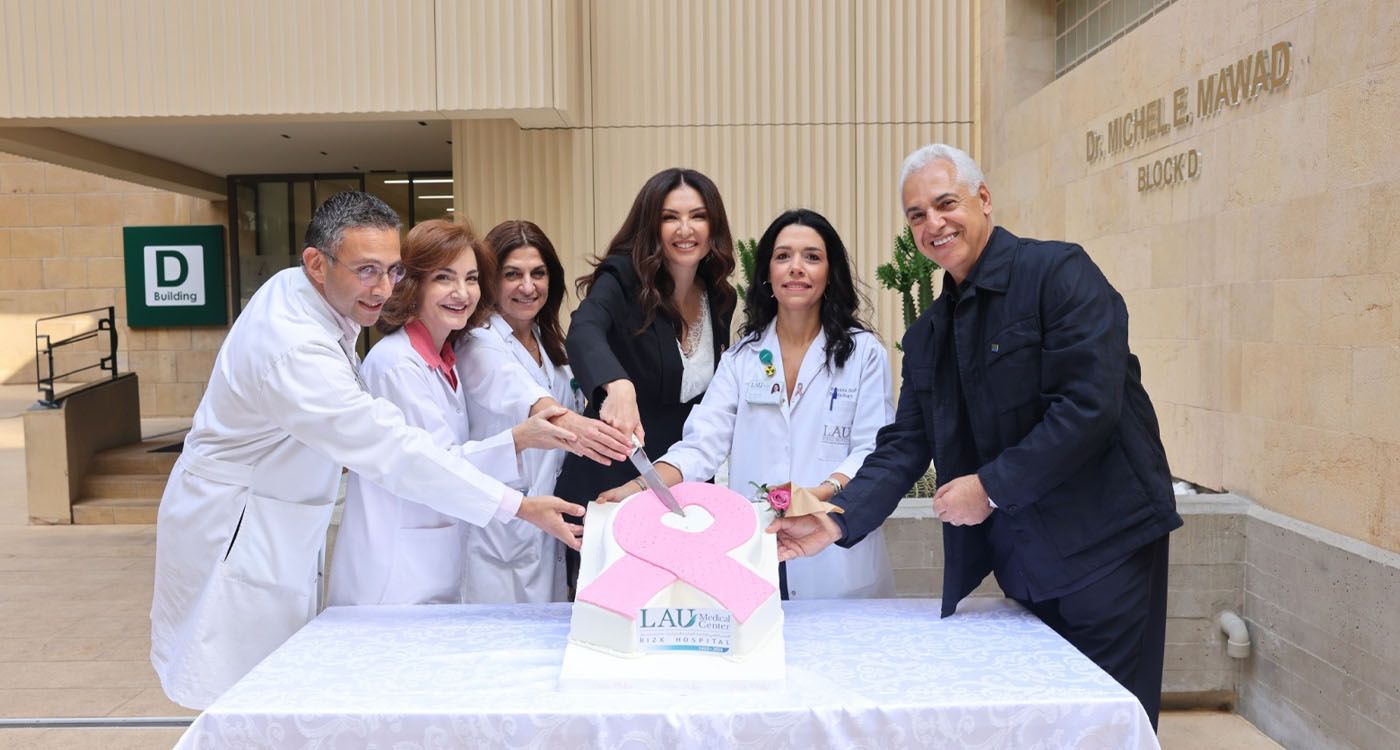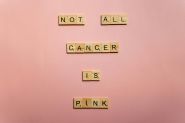
The auditorium is full, and on the screen, a simple title is displayed: “Let’s Talk About It.” The voice of journalist Rima Karaki sets the tone right away: direct, without detour, without useless pathos. On the occasion of Pink October, the LAU Medical Center–Rizk Hospital chose a short, sensitive and rigorous format to bring breast cancer back to the heart of the real: bodies that change, fears that one does not dare to say, medical decisions that must be taken in time.
The film avoids slogans and the “campaign” aesthetic to favor narration at the level of everyday life. One perceives what the illness upsets — confidence, self-image, intimacy — and what speech can repair. The room reacts: a few nervous laughs when self-mockery defuses embarrassment, longer silences over the metamorphoses of the body and the fear of the diagnosis. The message imposes itself: dare to speak, consult early, not put off until tomorrow an imaging exam when something worries. Here, raising awareness is not an injunction, it is a concrete invitation to action.
From Story to Clinic: A Structured Exchange
When the lights come back, Dr. Hadi Ghanem, Clinical Associate Professor, head of the division of hematology-oncology and director, moderates a discussion that anchors the film in practice. Around him: Rima Karaki, Dr. Christina Khater (Clinical Assistant Professor, director of the fellowship in hematology-oncology), Dr. Tamina Rizk (Clinical Assistant Professor, head of the section of breast imaging), Dr. Tomy Sawma (Assistant Professor of Practice in clinical psychology), as well as two patients in remission, Mrs. Carla Abdo and Mrs. Nadia. The exchange addresses the essential topics: what early detection really changes in terms of prognosis and therapeutic heaviness; how breast imaging — ultrasound, mammography, MRI according to profiles — makes it possible to objectify a concern and to orient quickly; why therapeutic decisions benefit from being collegial to articulate surgery, medical oncology and radiotherapy; and how psychological support, from the beginning, prevents isolation, improves adherence and facilitates the “return to self” after treatments. In the room, the questions are pragmatic: when to consult, at what rhythm to screen, what to do in the face of a family history, how to manage the fear of results. The answers are precise without superfluous jargon. Emphasis is placed on the idea of a coordinated, readable pathway, where each step is explained. The impression is that of a medicine that does not content itself with treating, but that guides.
Scientific Markers
On a global scale, breast cancer is the most diagnosed cancer in women. In mortality, it remains behind the lung, which remains the leading cause of death by cancer. The colon-rectum figures among the major locations, both frequent and heavy, especially when screening programs struggle. The pancreas, less frequent, is feared for its high lethality and its late diagnoses. Conversely, non-melanoma skin cancers are very frequent but rarely fatal, even if they can be mutilating. In Lebanon, the available studies place the breast in first place of cancers in women, which reinforces the relevance of actions combining information, screening and fluid access to treatments.
Screening and Prognosis: What ‘Earlier’ Changes
The earlier the diagnosis, the more effective the treatments and often less heavy. Mammography remains the reference exam of organized screening, ultrasound sheds light on dense breasts, MRI is intended for at-risk profiles or targeted situations. A readable and rapid pathway shortens the delay between worry and answer, improves survival and facilitates the reconstruction of self.
Science and Empathy, Same Fight
By associating a short film with a clinical round table, the academic hospital asserts a method: link emotion to action, listening to decision. The objective is not to add a layer of communication, but to create a passage toward consultation, imaging when it is required, and rapid orientation to oncology. The strength of the evening lies in a story that frees speech, a medical framework that transforms this speech into concrete acts, a psychological support that accompanies the patient through illness, and after it.
“Let’s Talk About It” is not just another slogan during Pink October. It is a way of inhabiting prevention: in a full room that holds its breath, on a screen that names things simply, then around a table where specialists answer without detour. One leaves the auditorium with a clear idea — speak earlier, consult without delay, rely on a team — and that rare feeling of having attended a useful moment, where university medicine puts empathy at the service of efficiency.





Comments